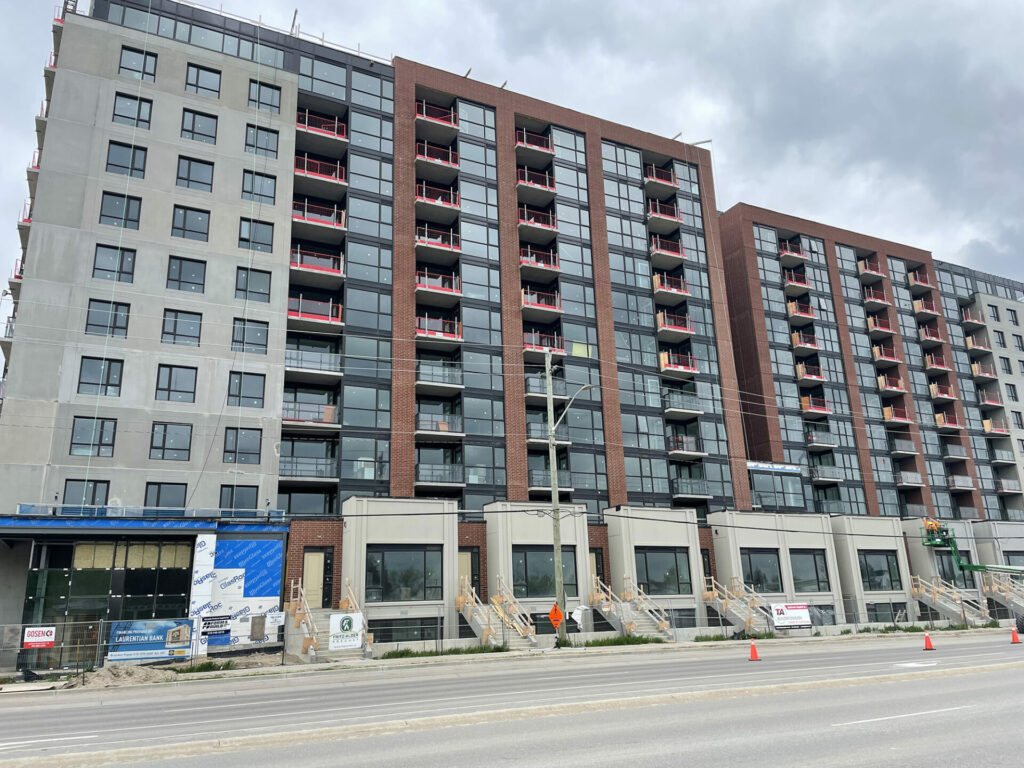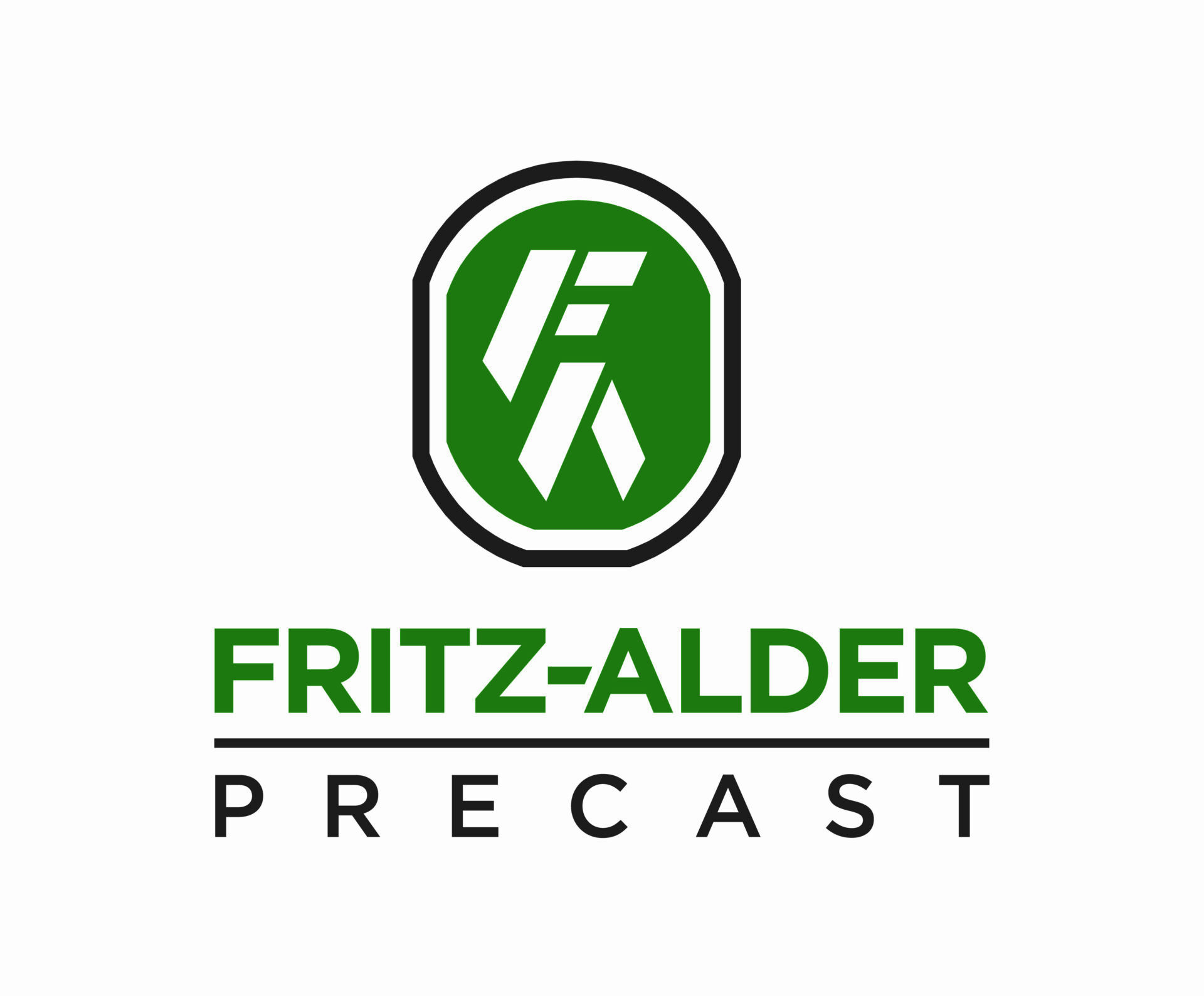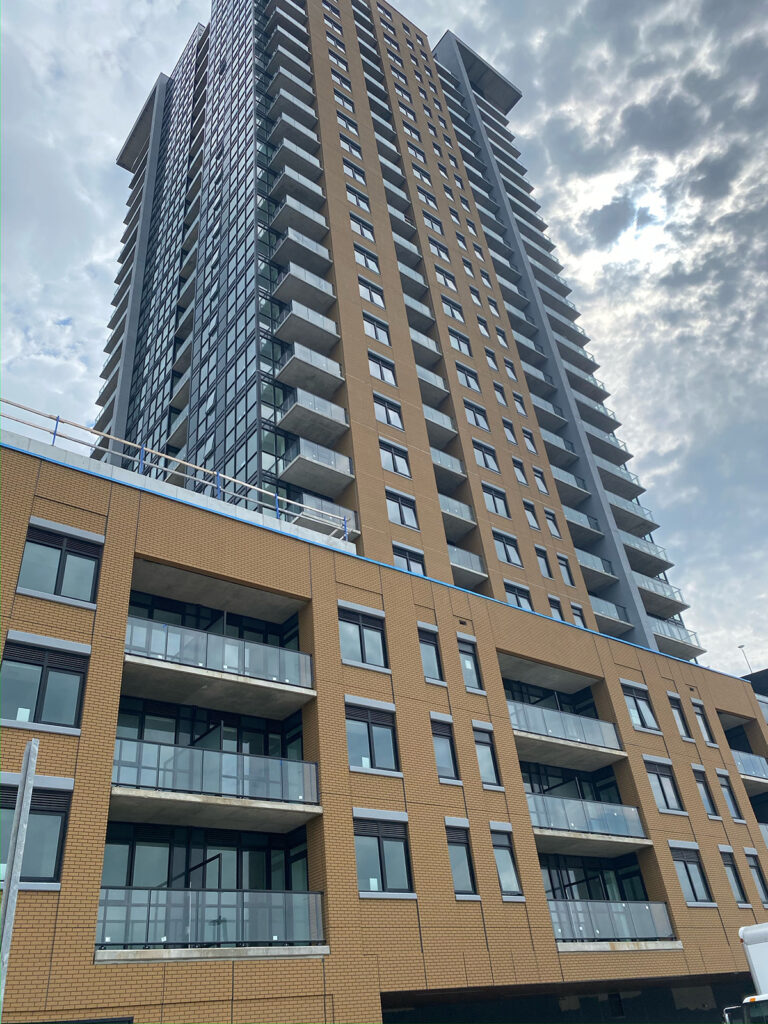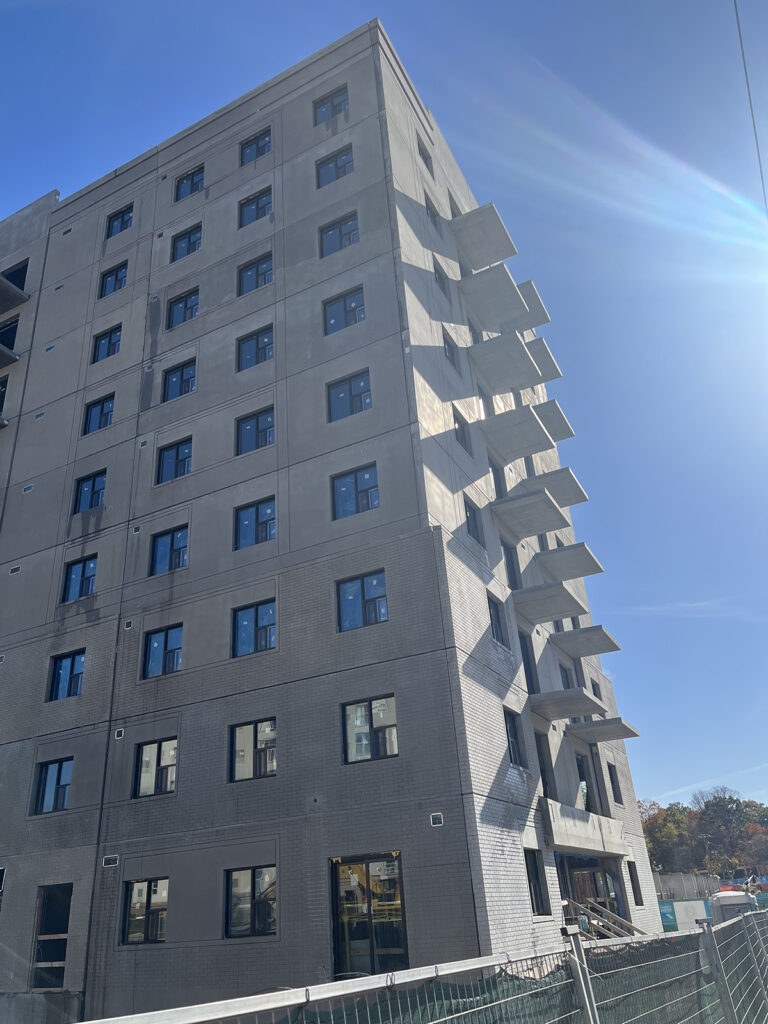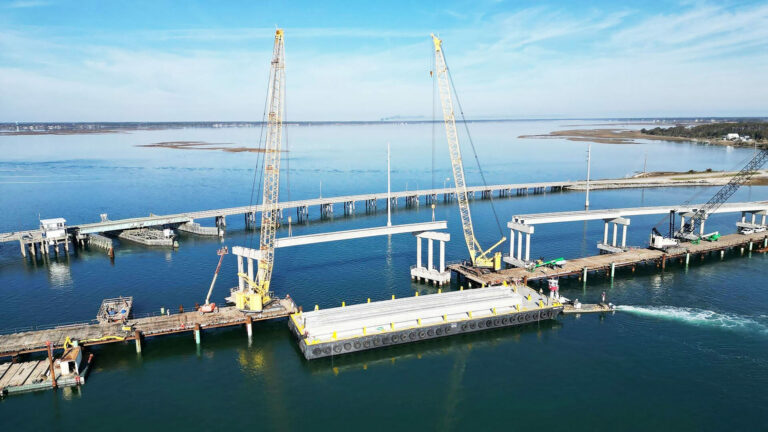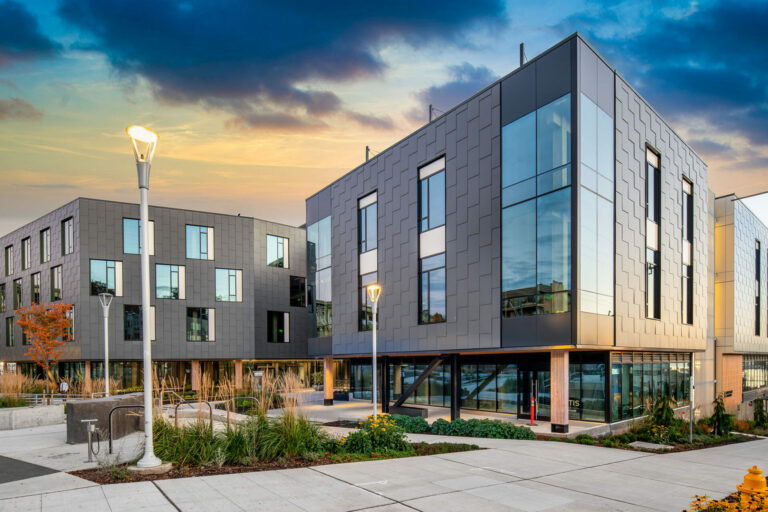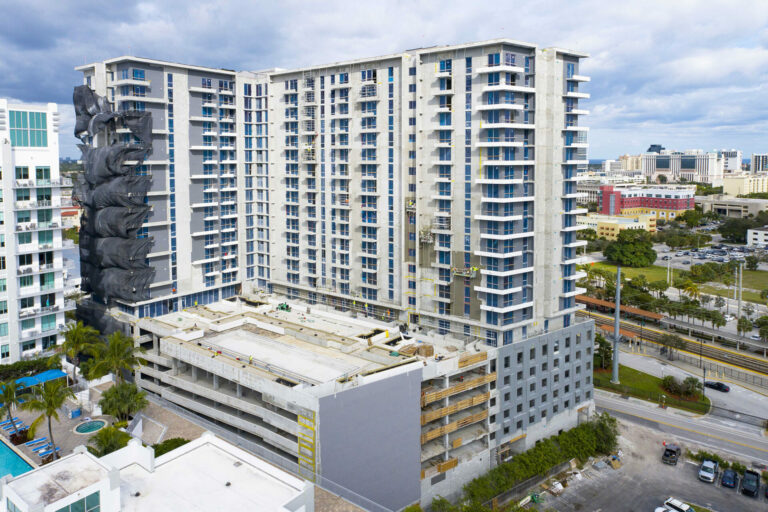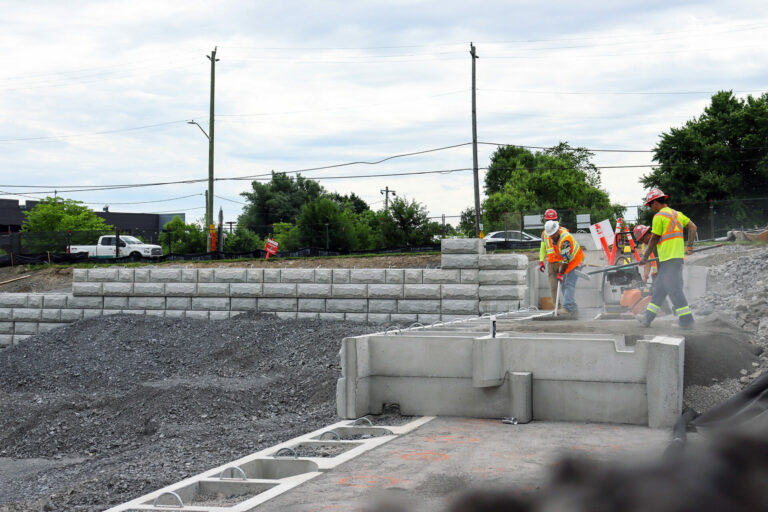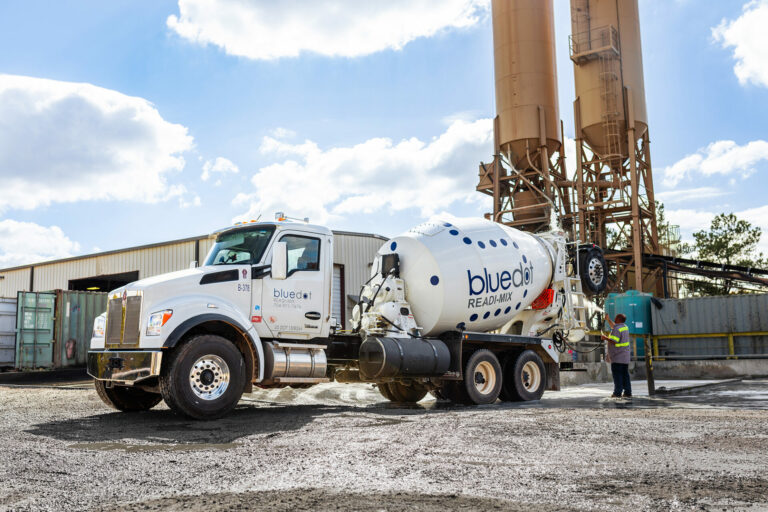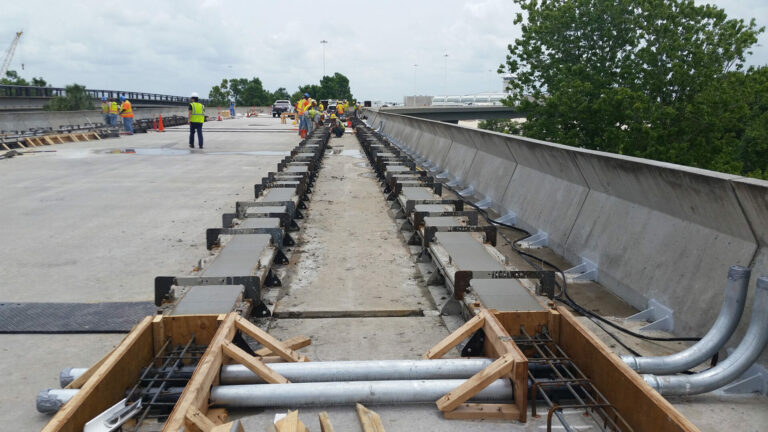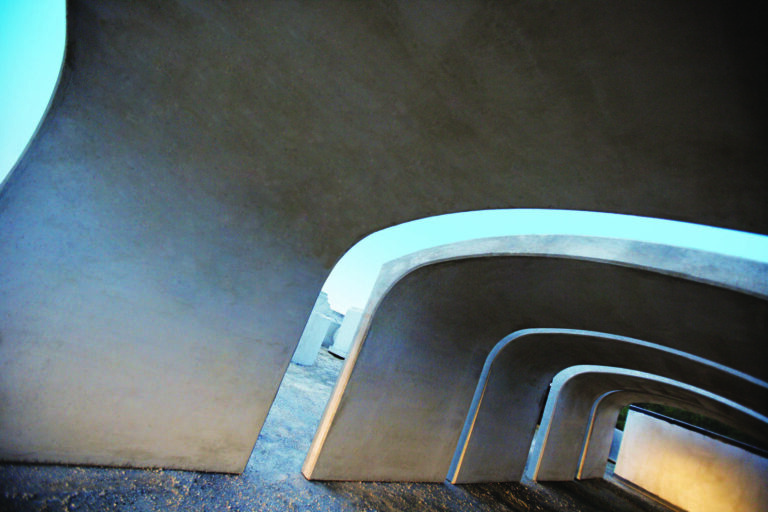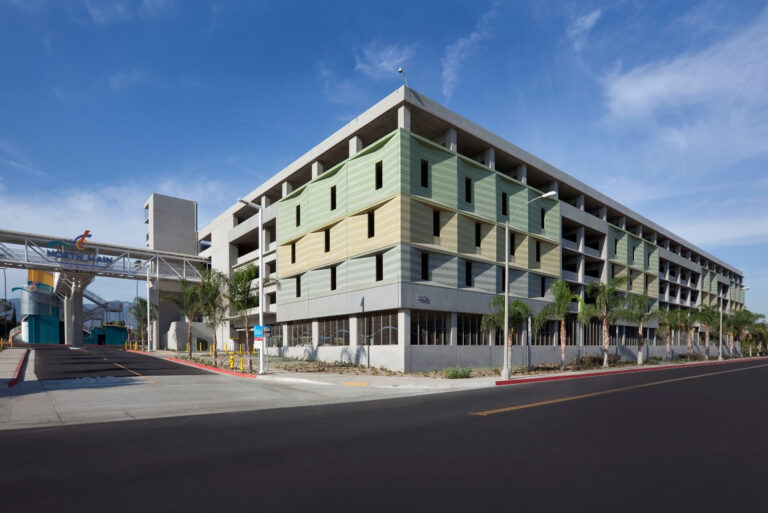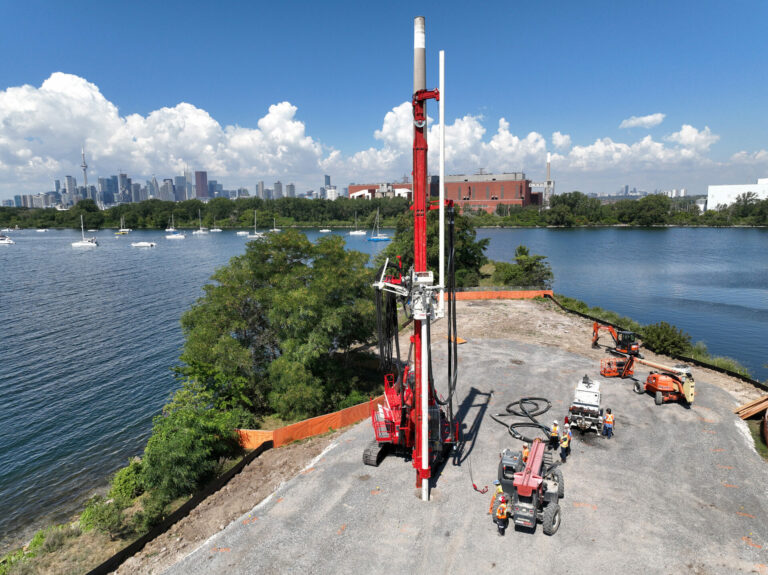One of the first adopters to precast concrete was the agricultural industry, who in the early seventies had high demand for structures such as slats, feed bunks, troughs, and insulated walls. It was in this era that Fritz Construction Services Inc. came to life under the leadership of Tom Fritz and thrived in the business of agricultural precast. In the four decades that followed, under the banner of Fritzall, the company expanded their offerings to the industry to include complete barn structures, wall panels, and concrete bases for wind turbines. In 2014, through a fortunate stroke of serendipity, Fritzall crossed paths with Alder Concrete Group who had been building cast-in-place and ICF structures since 2006. For some time, the two worked in tandem, offering structural and architectural panels to the high-rise residential market. Fritzall produced wall panels for complete precast buildings while Alder installed them, each side benefiting from the others well-established craft. It soon became clear to both parties that if they were to combine forces, they’d be able to make a dramatic contribution to the Ontario superstructure market. So, in 2018, that’s exactly what they did.
I am joined by Colin Robinson, VP of Sales at Fritz-Alder Precast, who has been fortunate enough to experience first-hand some of the successes that came with the Fritz-Alder union. “The companies aligned and opened up their biggest plant addition yet with the most-high-tech hollowcore production line in Ontario,” Robinson says. “And that got us to where we are today.” From humble beginnings as two separate entities with similar values, Fritz-Alder was formed to provide its clients with the best quality products and services. Fritz-Alder is widely known today as an industry leader in concrete manufacturing and installation, offering advanced precast technology to the Ontario market and committing always to superior customer experience and cost-effective solutions.
I ask Robinson to delve a little deeper into the services Fritz-Alder offer and the answer is not short nor finite because in essence, they can build anything their customer desires. “We produce Precast hollowcore floor slabs, which are the most efficient flooring system in terms of span to depth ratio and materials,” he says. “Along with this we produce solid slabs for areas with higher loading or odd shaped pieces. We produce balconies that come sloped with broom finishes, basically standalone balconies that require no maintenance, as well as landings for stairwells. We make beams and columns, prestressing them where possible to eliminate the amount of reinforcing while increasing the strength of the product. And of course, wall panels – everything from structural concrete panels that are covered on site, to architectural panels with form liners, and stain or pigment. We can print the concrete with any pattern imaginable.” It was the introduction of wall panels to Fritzall’s line of products back in the early days that first led them into the commercial market, where they got their architectural certificate for wall panels on commercial and residential buildings. This particular product offering accounts for a significant proportion of Fritz-Alder’s business today.
“Within these walls we have the option to include insulation which creates a sandwich panel, allowing designers and owners to get the R value they desire and achieve what they are looking for – a slimmer wall system or a simpler wall system, it’s really up to the customer.” This customer-focused approach is paramount to the Fritz-Alder business model. Colin gives the example of energy and power companies, for which Fritz-Alder provide very specific precast products that come with very high-quality standards that they meet and exceed. It seems that if it can be built with precast concrete, it can be built by Fritz-Alder.
Fritz-Alder is a company championing and benefiting from a service model that allows them to provide almost everything in-house, a model that is growing in popularity due to the efficiency and quality that can be achieved off the back of it. “We provide and install the precast, and we provide any necessary finishing touches once installed to ensure our customers have a complete system,” says Robinson. “We have our own sales team that works with customers. Once the job is awarded it continues over to engineering and drafting, and they work in house with our Project Managers to ensure goals are met and that drawings are completed on time. Then the job goes into production, and once produced, we have our own installation team that not only installs it but goes in afterwards and does core-drilling. The cutting of mechanical openings is completed in the production faciality to reduce on site waste. We also put down underlayment on top of the precast for flooring needs.” This one-stop-shop system that Fritz-Alder has established over the years makes for a highly efficient service model that really works.
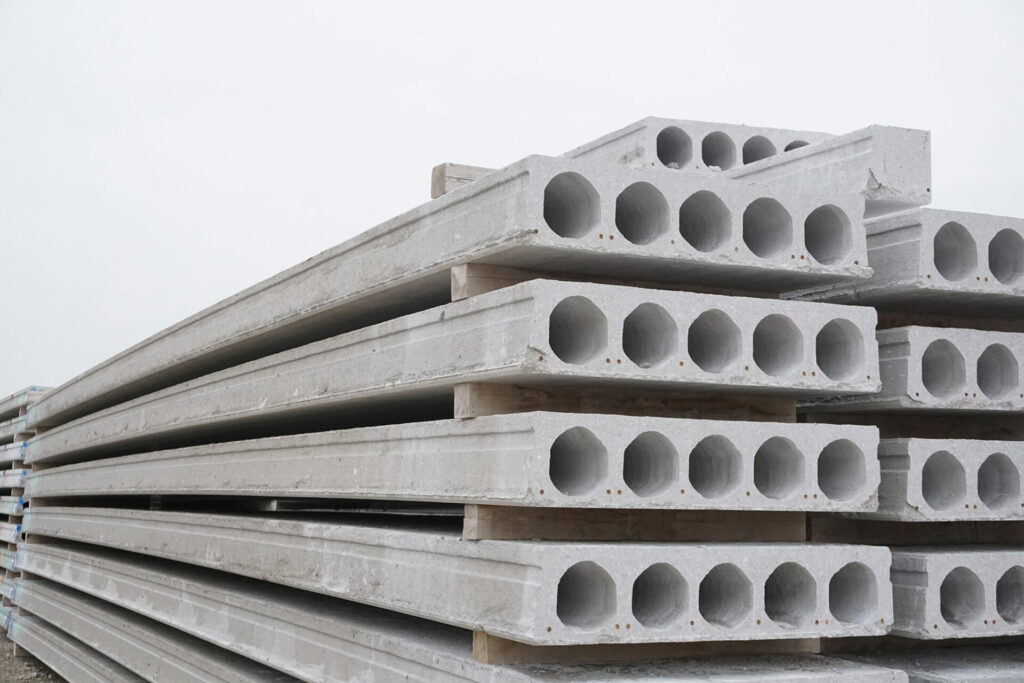
To demonstrate the proven, practical success of this service model Robinson tells me about some standout projects from over the years. He includes some projects from before the Fritz-Alder merger, worthy of a mention due to their significance in the company’s journey to 2022, its 50th year in business.
“Prior to Fritz-Alder, Fritzall completed a number of large projects, and one that stands out is 100 Victoria which is the first of the Garment Street Towers. Fritzall was producing the architectural cladding with Alder on installation. These panels were highly detailed, with brick form liner, integrated windowsills and headers, and large U shape and L shape pieces. That was a great achievement for both companies. And later in 2019, now as Fritz-Alder, we were tasked with doing the next building, which was a 28-storey tower.” In what has become known as the Fritz-Alder Advantage, Fritz-Alder makes a promise to its customers to be relentless in its pursuit of quality and precision, from design to manufacturing to installation. The 100 Victoria project is an example of the Fritz-Alder Advantage in action, long before the official joining of the two companies.
“Another standout project was 460 Columbia, our first complete precast project where we built the entire structure from parking deck up. We utilized a structural precast system with hollowcore walls, beams, columns, solids, balcony pieces, and also had some architectural pieces as well. 460 Columbia was two 12-storey towers with a floor plate of about 25,000 square feet. For this project we had two tower cranes on site which is rare. This meant we had to have two installation crews and with that we were able to install a new level of 25,000 square feet every 12 days.”
“Another standout project was 460 Columbia, our first complete precast project where we built the entire structure from parking deck up.”
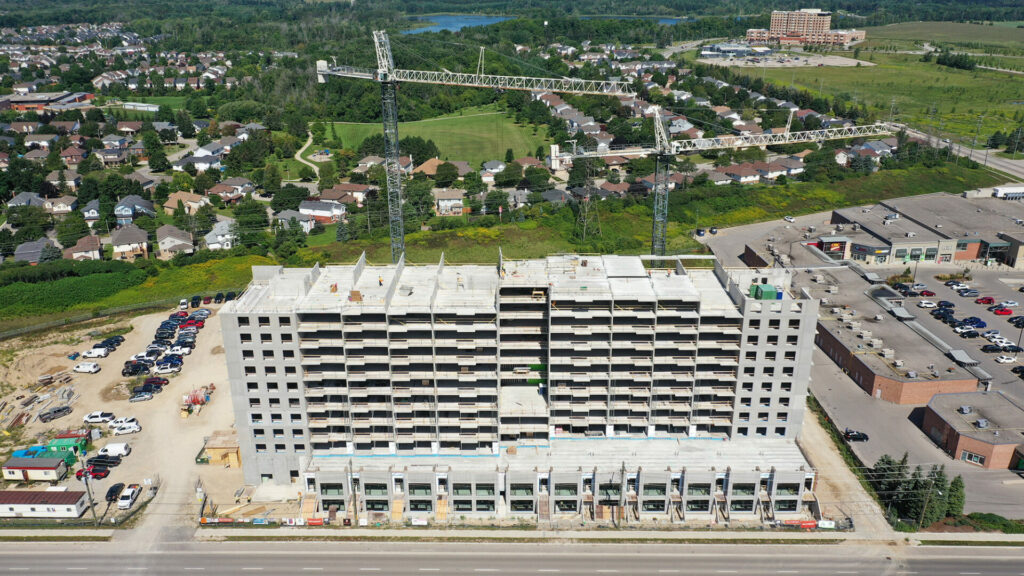
Robinson tells me next about the Bloomingdale project, a recently completed complete precast building. With architectural cladding and lots of beams and columns, Bloomingdale was a similar concept to the projects previously mentioned, but this time Fritz-Alder’s service included the exterior of the building. “When we were finished on site not only was the structure done but the exterior too,” he says. “One of the prominent features of that building were the column-less balconies, something that isn’t done very often. We did two levels of underground parking on that as well.”
These are just a few of the large-scale projects from an impressive Fritz-Alder portfolio, which has a collective span of 50 years. “Aside from those we do quite a few smaller jobs as well,” Robinson tells me. “We do everything from garage floors to water treatment plants, schools, long term care facilities, industrial buildings, everything. The efficiency and durability of the product lends itself well to all sectors of the construction industry, and so we don’t just do residential or commercial or civil jobs, were in all the sectors.”
Reflecting on the company’s 50th anniversary which they’ve been quietly celebrating in the background of a busy year, Robinson takes it right back to 1972 and Fritzall’s founder, Tom Fritz. “Tom was a very innovative person, always finding new ways of pushing the envelope of product efficiency, trying new things, searching for new products to manufacture.” This innovation mindset that brought the company to life back in the early seventies is evident still today, championed now by a new generation of owners with big plans for the future. “We’ve achieved a lot in the last 50 years and especially in the last four,” says Robinson. “We’re seeing steady growth year to year, both in the number of jobs we do and in the products we offer. The market is heading more and more in the direction of precast simply because builders are looking at more efficient ways to do things, especially with rising interest rates and cost increases. The opportunity for us is exceptional, and we want to seize every opportunity we can. We are going to keep marching forward with growth and manufacturing improvements to ensure the quality and services our customers demand and expect from us are not only met, but exceeded.”









